Football
Film Study: How OSU’s Offense Helps, and Hurts, James Washington
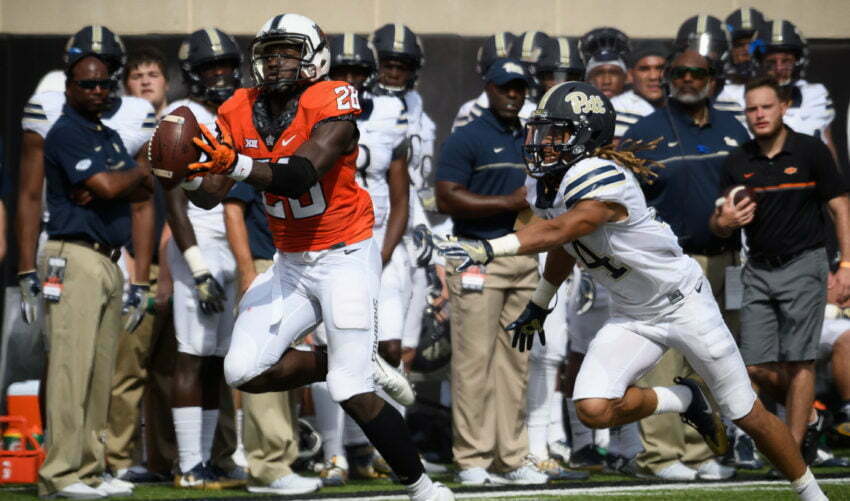
We recently looked at Oklahoma State wide receiver James Washington’s biggest strengths, and why he’s such a talented deep-ball threat. Washington isn’t perfect, though, and in this article we will discuss his biggest weakness, which isn’t necessarily his own flaw.
Washington is the spread’s prototypical big-play receiver. Those receivers will often make their biggest plays on four routes: the streak, the skinny post, and the occasional slant and red zone fade. In most spread systems, the route tree will not be nearly as intricate or detailed as in an NFL system, and that’s especially true for outside receivers.
The most common knock on possession receivers in a spread system is both a lack of precision in route running and a lack of diversity in routes. Washington gets almost all of his deep catches off of streaks and skinny posts, and in the red zone gets touchdowns off of fades and the occasional back-side slant tag.
Look at Washington’s most common routes:
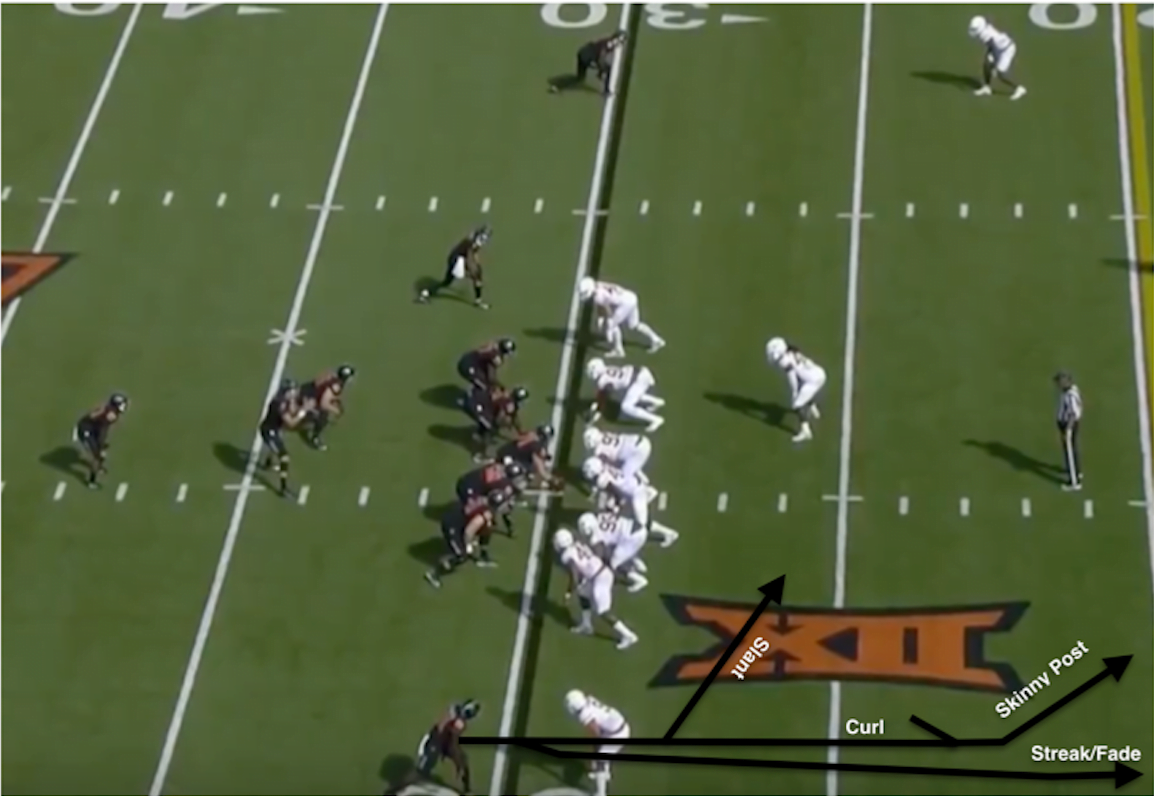
In comparison to the most common NFL routes (some formation-specific):
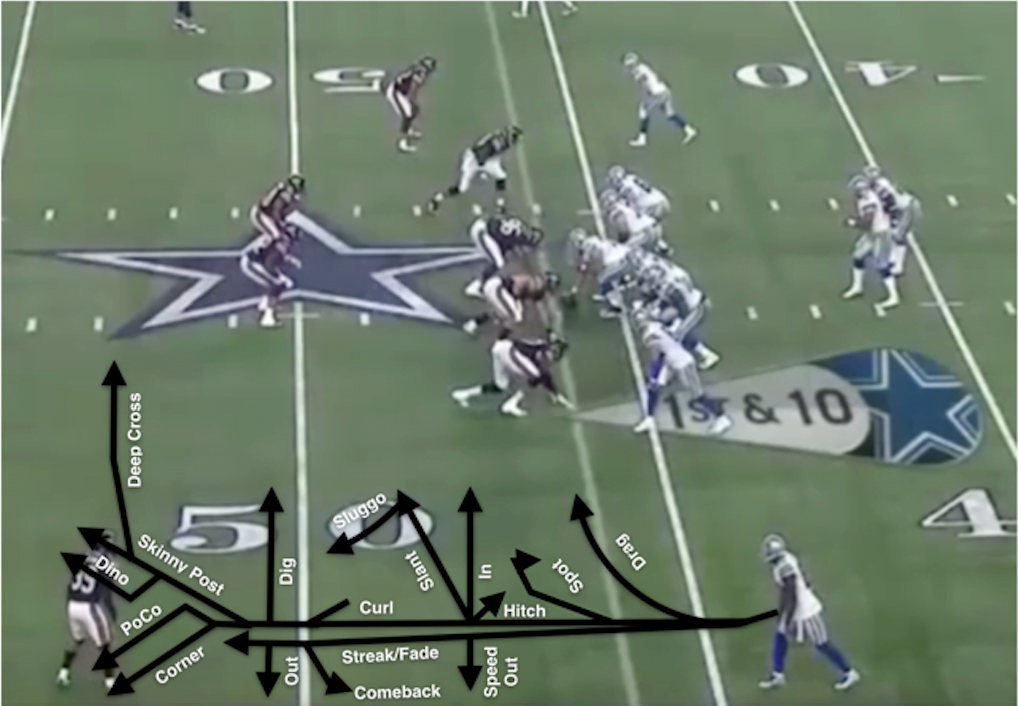
Here’s what NFL Draft analyst Jon Dove had to say about Washington’s limited route usage:
“The concerns surround Washington’s game will be his route-running and ability to read coverages. Oklahoma State is one of those teams that run a wide-open spread attack where the receivers as asked to run a limited route tree. This could slow Washington’s transition to the NFL.”
Washington is actually a better route runner than many scouts believe. Yes, the routes he runs are limited, but that’s only due to the offense that he plays in. Plus, he runs them well and should be fully capable of learning a more complicated NFL offense with time.
But why is this important for college? Well, because of the way he’s used, certain teams can minimize his effectiveness with a good defensive game plan. Washington isn’t a volume receiver who catches 10-12 balls a game. In fact, out of the top 15 players in receiving yards in 2016, Washington was dead last with 71, which was way below the 95-reception average.
Additionally, he has never had a double-digit reception game. To put that in perspective for Cowboy fans, OSU’s last great receiver, Justin Blackmon, had six double-digit games in both his sophomore and junior season.
As mentioned earlier, teams who have bracketed Washington or spun coverage toward him have often limited his effectiveness. Look at the Kansas game, where he only had one reception for 9 yards, or the Oklahoma game in which he had only two receptions (of course OSU’s leading receiver only had three).
This isn’t necessarily Washington’s fault. It’s a result of the offense that the Cowboys run, which is oftentimes hit or miss in the passing game with little intermediate concepts. The good news is that teams won’t be able to bracket Washington as much in 2017 because of how strong the receiving group is as a whole. Although more talent will likely mean a more balanced distribution of receptions across the position group (meaning fewer catches for Washington), it should ultimately prevent any more games where Washington doesn’t come up with any catches.
Washington isn’t a perfect receiver and he doesn’t play in a perfect offense. He even has the occasional drop or lapse in concentration. But his talent is undeniable, and when the Cowboys are rolling and completing the deep ball, they’re one of the toughest teams to stop. Hopefully Washington will see yet another productive season in his final season at OSU.

-

 Hoops4 days ago
Hoops4 days agoUCF Transfer Marchelus Avery Commits to Oklahoma State
-
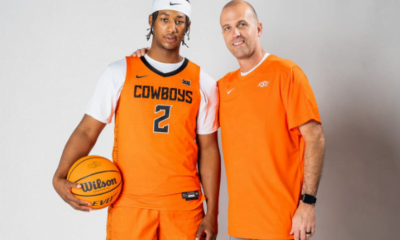
 Hoops4 days ago
Hoops4 days agoWashington Transfer Wesley Yates Visits Oklahoma State
-
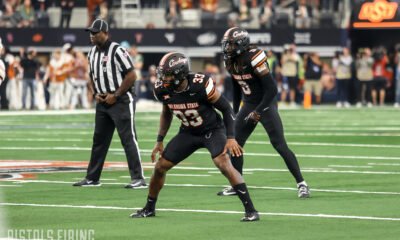
 Football3 days ago
Football3 days agoOklahoma State Linebacker Donovan Stephens Enters Transfer Portal
-
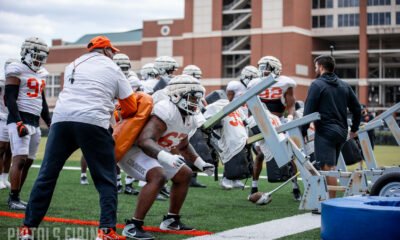
 Football3 days ago
Football3 days agoSpring Football: A Defensive Line Switch That Could Utilize the Cowboys’ Playmakers






